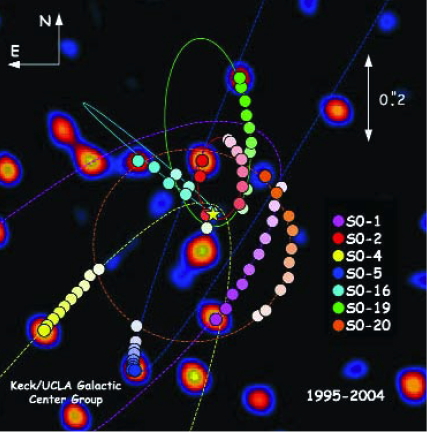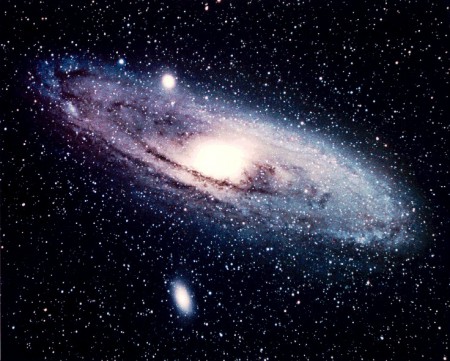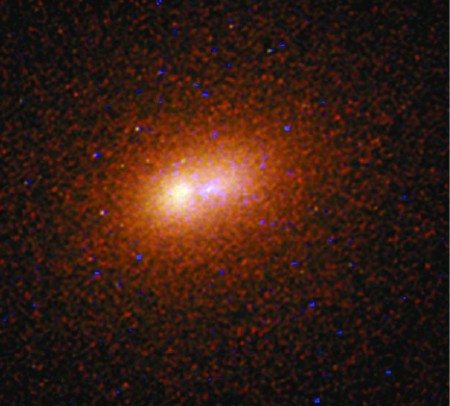Sequel of the preceding post The Warped Science of Interstellar (1/6)
One year ago, in november 2014, the Hollywood blockbuster and science-fiction movie Interstellar was released on screens and much mediatic excitation arose about it.
This is the second of a series of 6 posts devoted to the analysis of some of the scientific aspects of the film, adapted from a paper I published last spring in Inference : International Review of Science.
THE FAST-SPINNING BLACK HOLE « GARGANTUA »
Once on the other side of the wormhole, the spaceship and its crew emerge into a three-planets system orbiting around a supermassive black hole called Gargantua. Supermassive black holes, with masses going from one million to several billion solar masses, are suspected to lie in the centers of most of the galaxies. Our Milky Way probably harbors such an object, Sagittarius A*, whose mass is (indirectly) measured as 4 million solar masses (for a review, see Melia[i]). According to Thorne, Gargantua would be rather similar to the still more massive black hole suspected to be located at the center of the Andromeda galaxy, adding up 100 million solar masses[ii]. Its size being roughly proportional to its mass, the radius of such a giant would encompass the Earth’s orbit around the Sun.
|
|
|
Such enormous black holes are not a science-fiction exaggeration, since we have the observational clues of the existence of « Behemoth » black holes in faraway galaxies. The biggest one yet detected lies in the galaxy NGC 1277, located at 250 million light-years ; its mass could be as large as 17 billion solar masses, and its size would encompass the orbit of Neptune[iii]. Continue reading The Warped Science of Interstellar (2/6)




